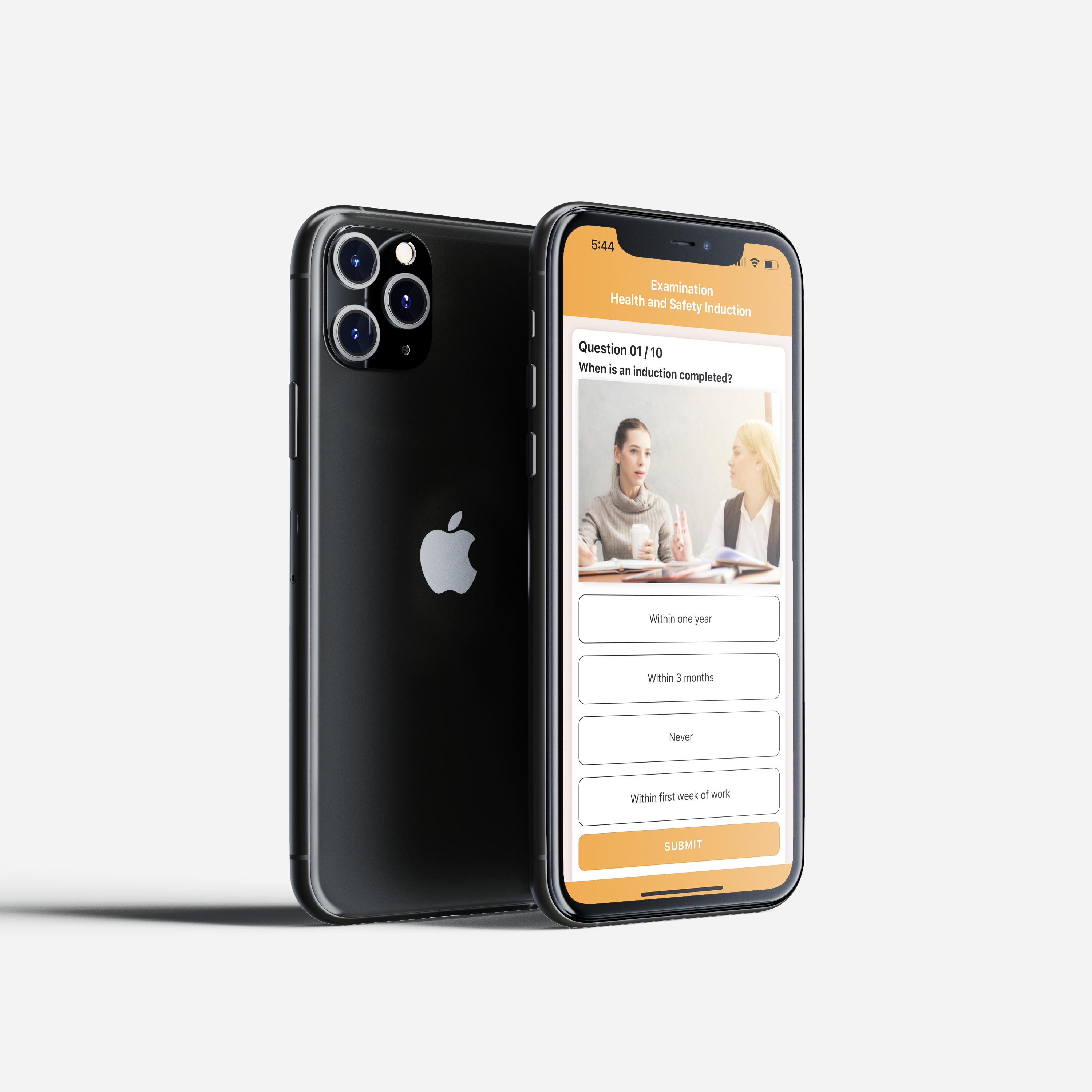
Risk Assessment Unleashed: Empowering Businesses with Our Cutting-Edge Software
Effectively managing risks is crucial for the success and sustainability of any organisation. Recognising this
Health and Safety Software » Learning and Development » The Importance of Workplace Orientation Training – a Health and Safety Perspective

It is an important part of any health and safety management system, as it can help to prevent accidents and injuries by:
Guidelines for Providing Successful Orientation Training
By following these guidelines, employers can provide successful workplace orientation training that will help to prevent accidents and injuries.
Factors to keep in mind when providing workplace orientation training:
The iProtectU health and safety software provides:
Arrange your demonstration
Let us show you how we can transform your compliance management
Choose a date and time for your demo (no obligation) and we will be in touch.

Effectively managing risks is crucial for the success and sustainability of any organisation. Recognising this

Artisan Environmental recently marked two decades of delivering specialist asbestos consultancy, inspection and health &

iCertifyU is an App which provides free eLearning for everyone, whether you are an employee,

According to recent research, almost half of UK tradespeople view asbestos as a problem of

31st October 2025 represents the deadline for organisations to transition their Information Security Management System

According to a recent head protection survey, only 15% of workers who should be wearing